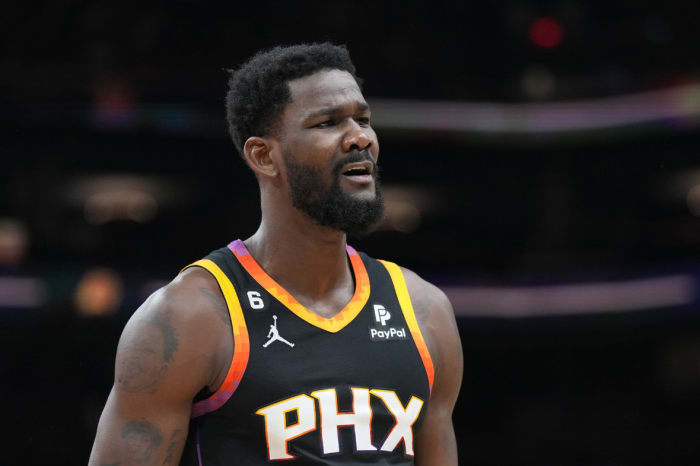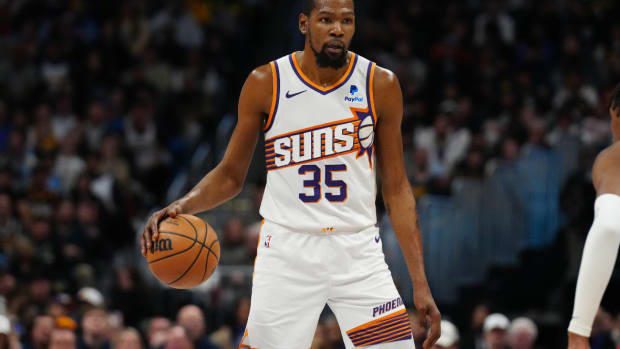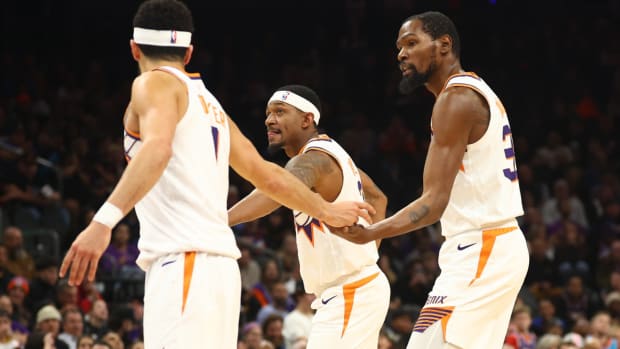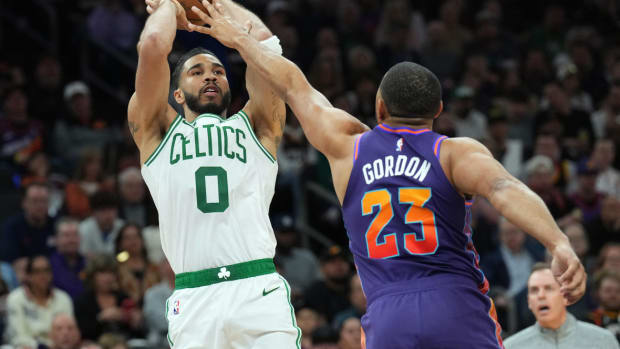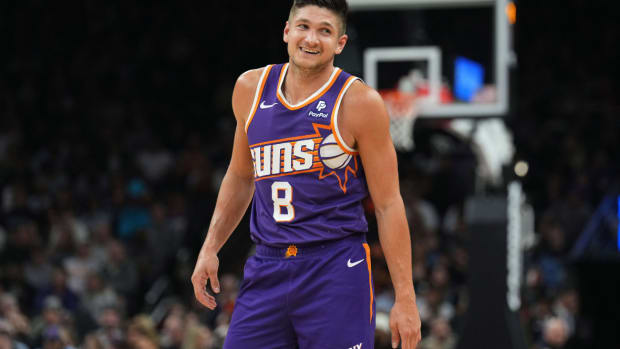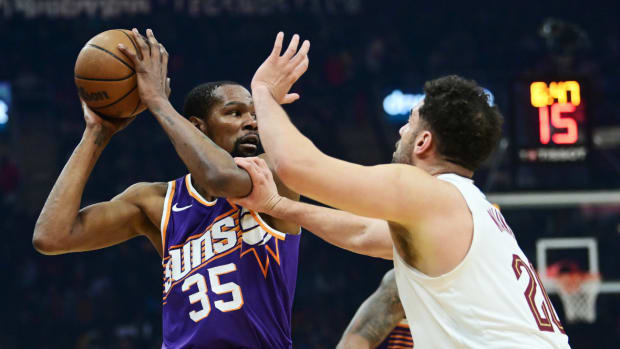Can New Suns HC Frank Vogel Save Deandre Ayton?
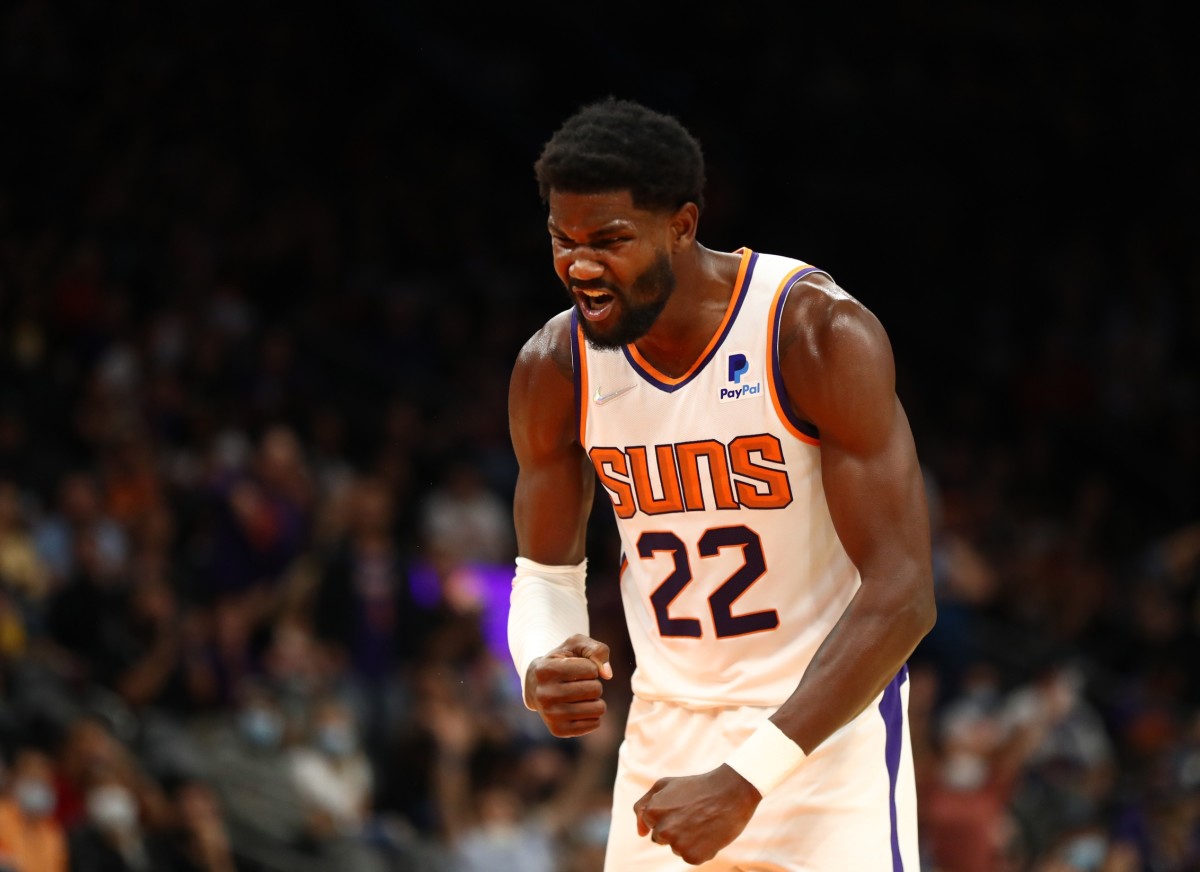
Phoenix Suns head coach Frank Vogel will enter the season with a monumental task no coach has been able to perform with great consistency. That is, getting the most out of center Deandre Ayton on a nightly basis.
Since Ayton’s entry into the league in 2018, the former first-overall pick has been a see-saw of greatness, going back and forth between being a top center in the league and a modern day draft bust. The talented big man has capabilities to steadily dominate, but the aspect holding back Ayton could be a philosophical one rather than physical.
Perhaps a new motivator, a new basketball genius can tap into the mind of the once elite player that terrified the NCAA market down in Tucson.
Vogel is no stranger to staggering defense. Overpowering one might call them, the Indiana Pacers of the early 2010’s had a strong presence in the paint. Center Roy Hibbert was a part of the Pacers team that used to punish smaller players down low and secure rebounds on a consistent basis.
Hibbert, much like Ayton, was a player entering his prime when Vogel entered into the picture. Vogel grew to know Hibbert’s tendencies and quietly turned Hibbert into an elite defender. While in Indiana, Hibbert finished with two all-star appearances and was voted second in the defensive player of the year race in the 2013-14 season.
There’s no doubt that Ayton’s game is different from Hibbert’s. The Suns big man is a prototypical modern NBA center with a higher degree of athleticism, passing capabilities and different finishing abilities that was much different from Hibbert. But more importantly, Vogel used Hibbert in a way that catered to his game. Vogel’s impact on Hibbert raised blocks per game, rebounds per game and field goal percentage numbers.
Hibbert’s blocks per game raised nearly an entire block a game, going from 1.8 BPG in 2010 to 2.6 BPG in 2012. Hibbert’s rebounds increased from 5.7 to 8.8 from 2010 to 2012. In the offensive end, Hibbert’s field goal percentage remained a consistent .495 to .498 from 2010-12, all while a young G Paul George was coming into his own.
These numbers are good signs when one looks at the development of Hibbert in his career, his best years were in the Pacers’ system that Vogel drew up for him night in and night out. Another good sign – Ayton will be 25-years-old this upcoming season, the same age Hibbert was when Vogel took the Pacers job.
A more recent example of center development is with Vogel’s most recent job in Los Angeles with the Lakers. Vogel used center Anthony Davis effectively which led to a quiet renaissance in his career.
While healthy, Davis became a force on both sides of the ball with a more athletic build like Ayton. Davis’ defensive ability to block shots can be accredited to Vogel’s positioning and scheming, with help-side pressure late forcing difficult and forced shots that Davis has been able to swat away. Davis and Ayton’s wingspan is also the same length at 7’6”.

Ayton will continue to grow as a player and try to climb the ranks amongst other elite NBA big-men under Vogel.
Vogel has a long road ahead of him with the development of a player like Ayton. But under a new system, Ayton has the potential to at least be a changed player. It would not be surprising to see his defensive capabilities rise, as well as his respect around the league as being an admiral shot blocker. His aggression, the thing that perhaps irks Suns fans the most, could improve under a new Vogel system.
All of this, of course, is subject to Ayton staying with the Suns next year.
